

- RFQ
- BOM
-
Contact Us
Tel: +86-0755-83501315
Email: sales@sic-components.com
- Chinese
- English
- French
- German
- Portuguese
- Spanish
- Russian
- Japanese
- Korean
- Arabic
- Irish
- Greek
- Turkish
- Italian
- Danish
- Romanian
- Indonesian
- Czech
- Afrikaans
- Swedish
- Polish
- Basque
- Catalan
- Esperanto
- Hindi
- Lao
- Albanian
- Amharic
- Armenian
- Azerbaijani
- Belarusian
- Bengali
- Bosnian
- Bulgarian
- Cebuano
- Chichewa
- Corsican
- Croatian
- Dutch
- Estonian
- Filipino
- Finnish
- Frisian
- Galician
- Georgian
- Gujarati
- Haitian
- Hausa
- Hawaiian
- Hebrew
- Hmong
- Hungarian
- Icelandic
- Igbo
- Javanese
- Kannada
- Kazakh
- Khmer
- Kurdish
- Kyrgyz
- Latin
- Latvian
- Lithuanian
- Luxembou..
- Macedonian
- Malagasy
- Malay
- Malayalam
- Maltese
- Maori
- Marathi
- Mongolian
- Burmese
- Nepali
- Norwegian
- Pashto
- Persian
- Punjabi
- Serbian
- Sesotho
- Sinhala
- Slovak
- Slovenian
- Somali
- Samoan
- Scots Gaelic
- Shona
- Sindhi
- Sundanese
- Swahili
- Tajik
- Tamil
- Telugu
- Thai
- Ukrainian
- Urdu
- Uzbek
- Vietnamese
- Welsh
- Xhosa
- Yiddish
- Yoruba
- Zulu
- Kinyarwanda
- Tatar
- Oriya
- Turkmen
- Uyghur
- Tag List
- Microcontrollers VS. Microprocessors: Key differences between microcontrollers and microprocessors
Microcontrollers VS. Microprocessors: Key differences between microcontrollers and microprocessors
In the realm of modern electronics, microcontrollers and microprocessors play pivotal roles, yet they are often confused due to their shared nature as integrated circuit - based computing components. Understanding the differences between them is crucial for engineers, hobbyists, and anyone involved in the development of electronic systems.
1. Definition and Basic Concept
A microcontroller is a compact integrated circuit designed for embedded systems. It integrates a central processing unit (CPU), memory (both program and data memory), input/output (I/O) peripherals, and often other components like timers and analog - to - digital converters on a single chip. It's like a self - contained mini - computer optimized for controlling specific functions within a larger system. For example, in a smart thermostat, a microcontroller reads temperature sensor data, compares it with the set temperature, and controls the heating or cooling system accordingly.
On the other hand, a microprocessor is the central processing unit of a computer system. It is mainly focused on processing data and executing instructions to perform general - purpose computing tasks. It typically has a high - speed core but requires external components such as memory chips, input/output controllers, and storage devices to form a complete computing system. A desktop computer's microprocessor, like an Intel Core i7, processes complex software applications, graphics rendering, and multitasking operations.
2. Architecture
Memory Architecture
Microcontrollers usually have on - chip memory. Program memory, often in the form of flash memory or ROM, stores the instructions that the microcontroller executes. Data memory, such as RAM, is used for temporary storage during program execution. This on - chip memory integration makes microcontrollers more self - sufficient and suitable for embedded applications where space and cost are critical.
In contrast, microprocessors generally do not have significant amounts of on - chip memory. They rely on external memory modules like DDR (Double Data Rate) RAM for data storage and hard drives or SSDs for long - term program and data storage. This separation allows for greater flexibility in upgrading memory capacity but also increases the system's complexity.
3. Bus Architecture
Microcontrollers may use either Harvard architecture or Von Neumann architecture. In Harvard architecture, microcontrollers have separate buses for data and instructions, enabling simultaneous access to both, which can improve performance in some applications. Von Neumann architecture microcontrollers use a single bus for both data and instructions, simplifying the design but potentially limiting the processing speed in certain scenarios.
Microprocessors, especially high - performance ones, often use a more complex bus architecture. They may have multiple buses for different functions, such as a front - side bus for communicating with memory and other components, and internal buses for data transfer within the processor. This complex bus system is designed to support high - speed data transfer and multitasking.
4. Functionality
Microcontrollers are dedicated to performing specific tasks in embedded systems. They are optimized for control applications, such as monitoring sensors, actuating motors, and managing simple user interfaces. They can directly interface with sensors, switches, and other input devices, as well as control output devices like LEDs, relays, and motors. For instance, in a washing machine, a microcontroller controls the motor speed, water inlet and outlet valves, and the timer based on the selected washing program.
Microprocessors, however, are designed for general - purpose computing. They are capable of handling a wide range of complex tasks, including running operating systems, large - scale software applications, and performing intensive data processing. A microprocessor in a server can handle multiple user requests, run database management systems, and perform complex calculations for data analytics.
5. Power Consumption
Microcontrollers are designed to operate with low power consumption. This is essential for battery - powered or energy - efficient embedded systems. For example, a microcontroller in a wireless sensor node may only consume a few milliwatts of power, allowing the node to run for long periods on a small battery.
Microprocessors, especially high - performance ones, consume significantly more power. A desktop microprocessor can consume anywhere from 30 to 150 watts or more, depending on its performance level and usage. This high power consumption is due to their complex architecture and the need to operate at high clock speeds for fast data processing.
6. Cost
Microcontrollers are generally less expensive than microprocessors. Their integration of multiple components on a single chip and their focus on specific applications result in lower manufacturing costs. This makes them ideal for mass - produced consumer electronics and cost - sensitive embedded systems. For example, a simple 8 - bit microcontroller can cost less than a dollar in large quantities.
Microprocessors, especially high - end ones with advanced features and high performance, can be quite expensive. A high - end server microprocessor can cost several hundred or even thousands of dollars, due to its complex design, advanced manufacturing processes, and high - end features.
7. Application Scenarios
Microcontrollers are widely used in embedded systems, including home appliances (e.g., microwave ovens, refrigerators), automotive electronics (e.g., engine control units, anti - lock braking systems), industrial control (e.g., factory automation equipment), and Internet of Things (IoT) devices (e.g., smart sensors, wearable devices).
Microprocessors are the heart of general - purpose computing devices such as desktop computers, laptops, servers, and high - performance workstations. They are also used in complex systems like gaming consoles, which require high - speed processing for graphics rendering and game logic.
In conclusion, microcontrollers and microprocessors have distinct characteristics that make them suitable for different applications. While microcontrollers are the go - to choice for embedded control systems, microprocessors are the foundation of general - purpose computing. Recognizing these differences is key to making the right choice in the development of electronic systems, ensuring optimal performance, cost - effectiveness, and power efficiency.
Introducing our latest Controller IC, a cutting-edge product designed to enhance the performance and functionality of various electronic devices. With its advanced technology and innovative features, this Controller IC is ideal for a wide range of applications including consumer electronics, industrial automation, and automotive systems.This Controller IC offers high-speed processing, low power consumption, and seamless integration with other components, making it a versatile and reliable solution for your design needs. Its robust design and durability ensure long-term reliability and performance, while its compact size allows for easy integration into your existing system. Whether you are looking to upgrade the performance of your electronic devices or develop new cutting-edge products, our Controller IC is the perfect choice. With its exceptional performance, reliability, and versatility, this product is sure to meet and exceed your design requirements.
https://www.sic-components.com/integrated-circuits-ics/embedded

Hot Products
View MoreRelated Blogs

2000+
Daily average RFQ Volume

30,000,000
Standard Product Unit

2800+
Worldwide Manufacturers

15,000 m2
In-stock Warehouse



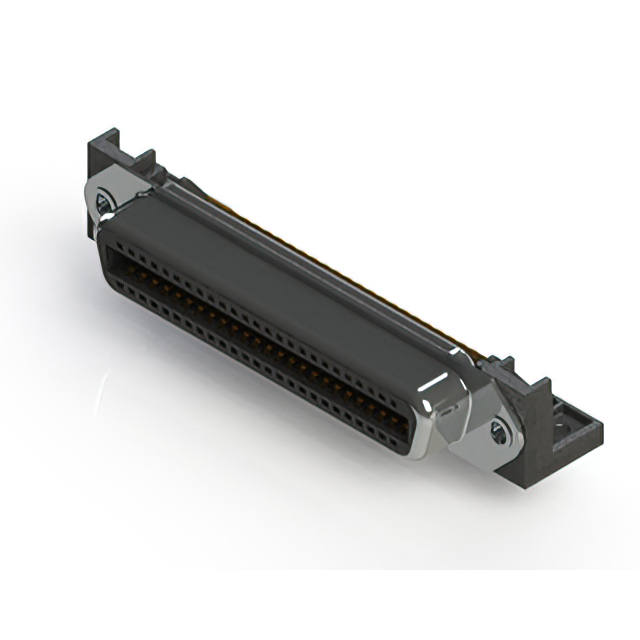
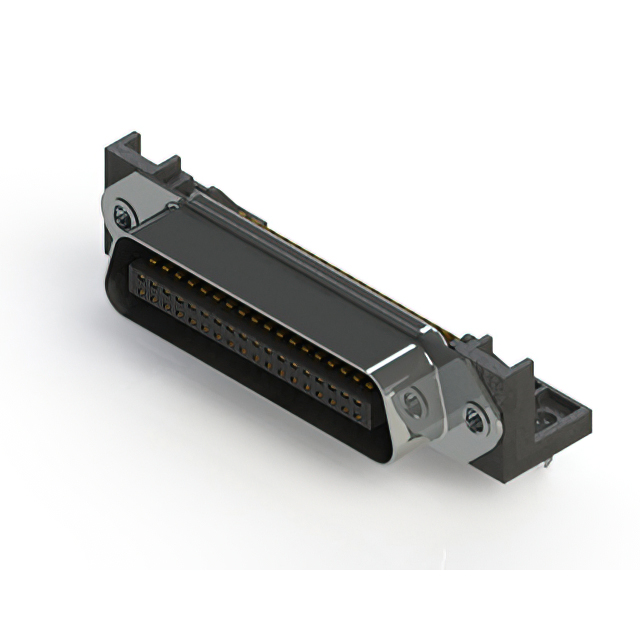
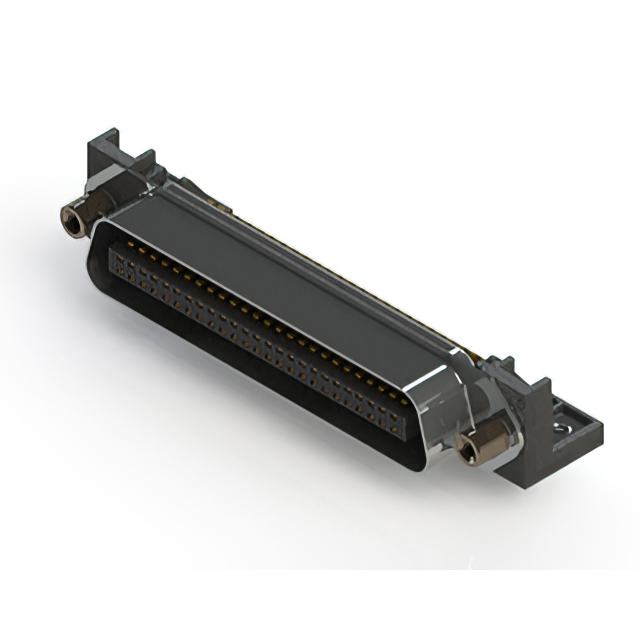

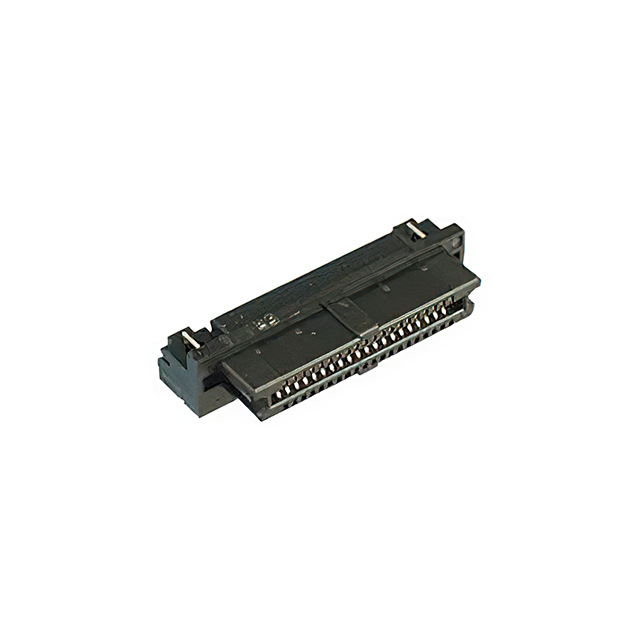
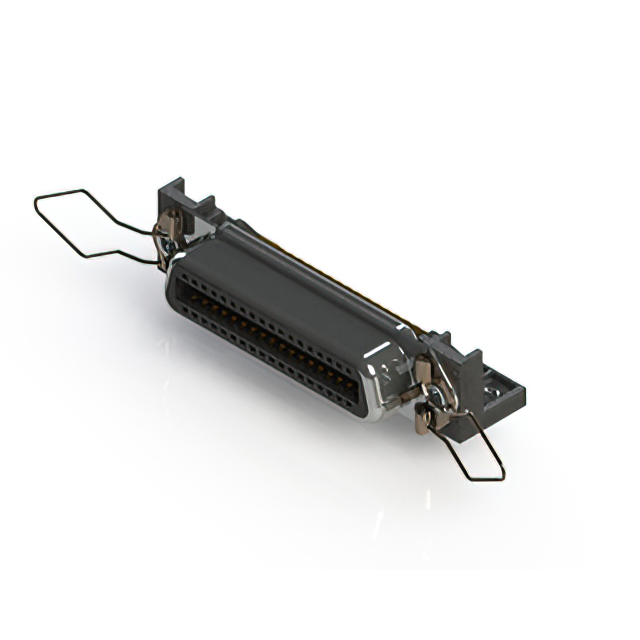
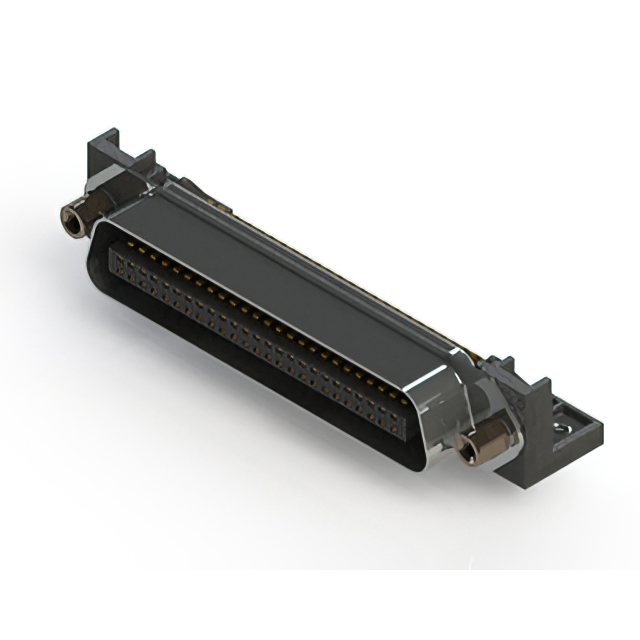

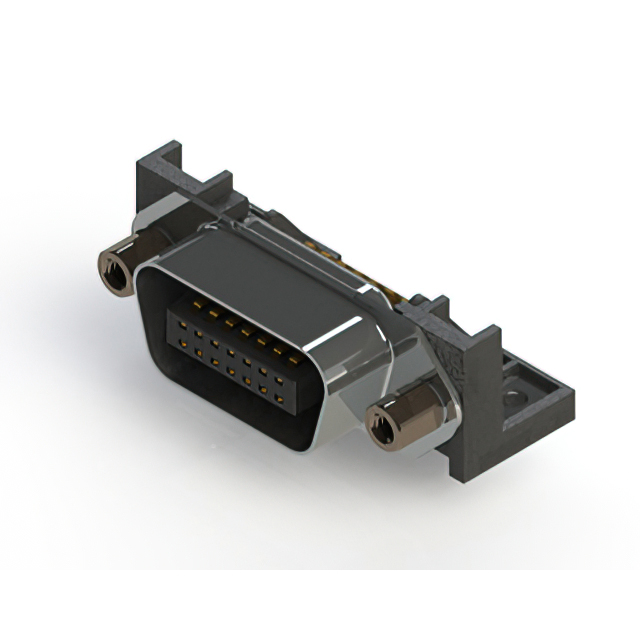
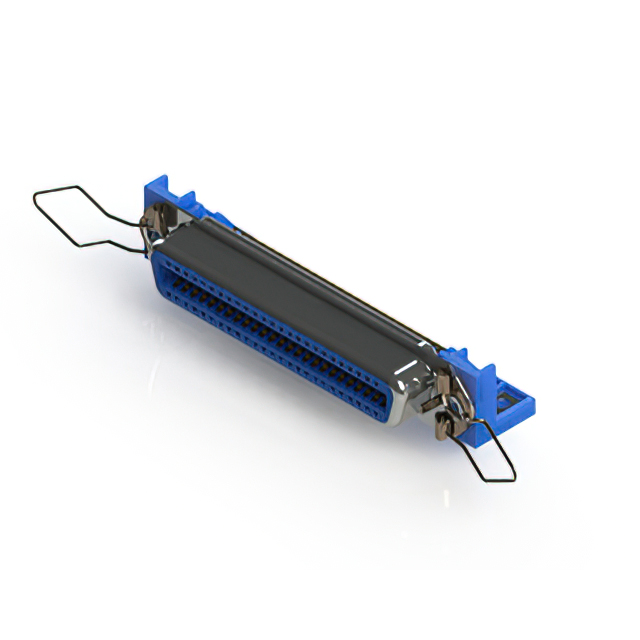
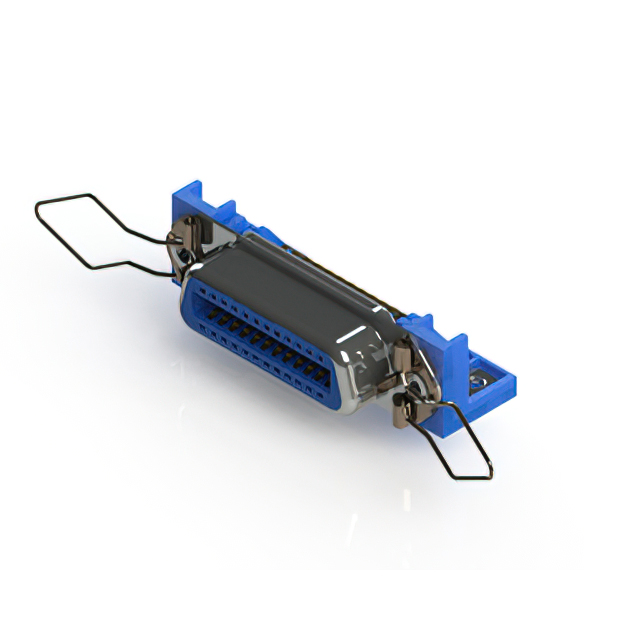
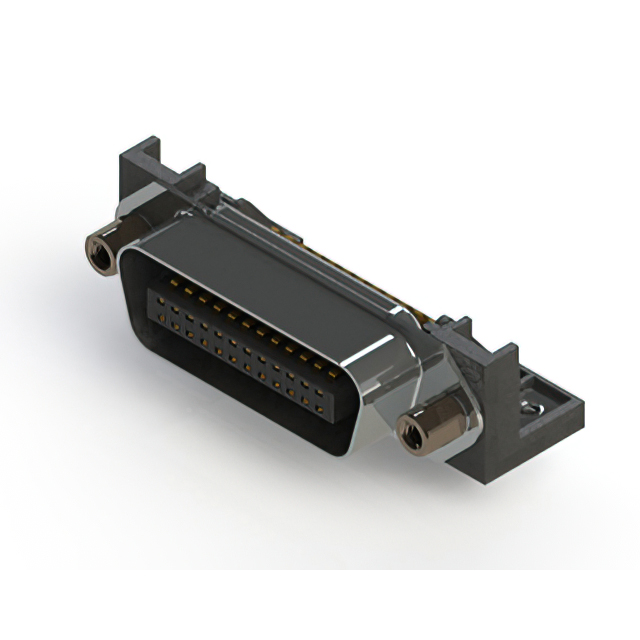
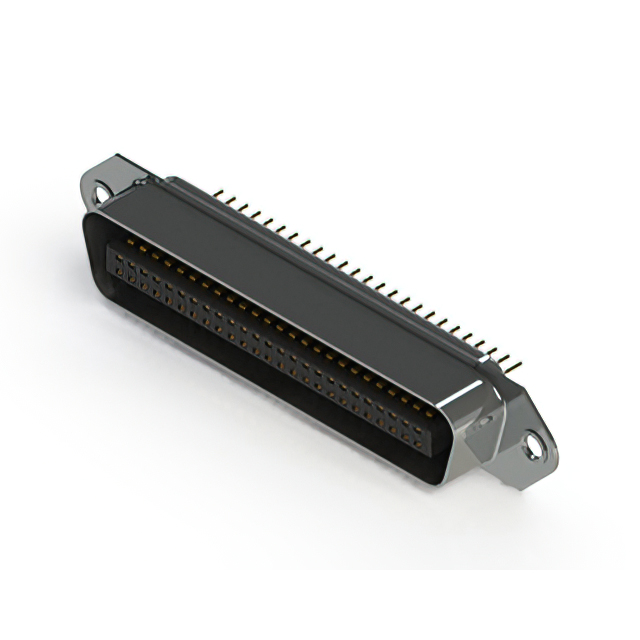
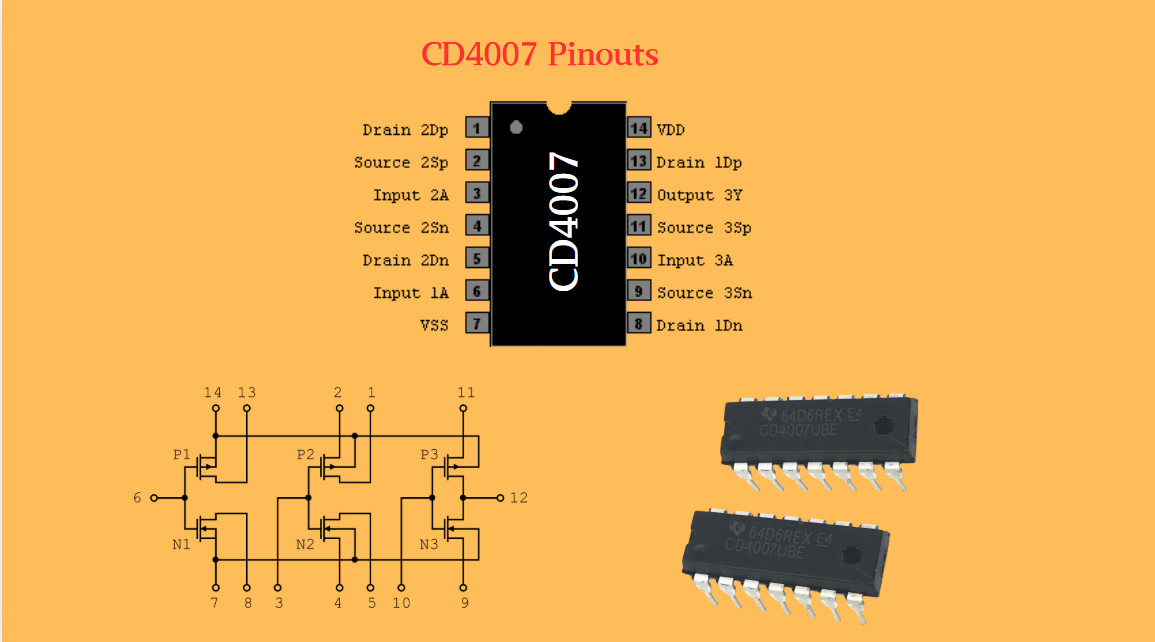
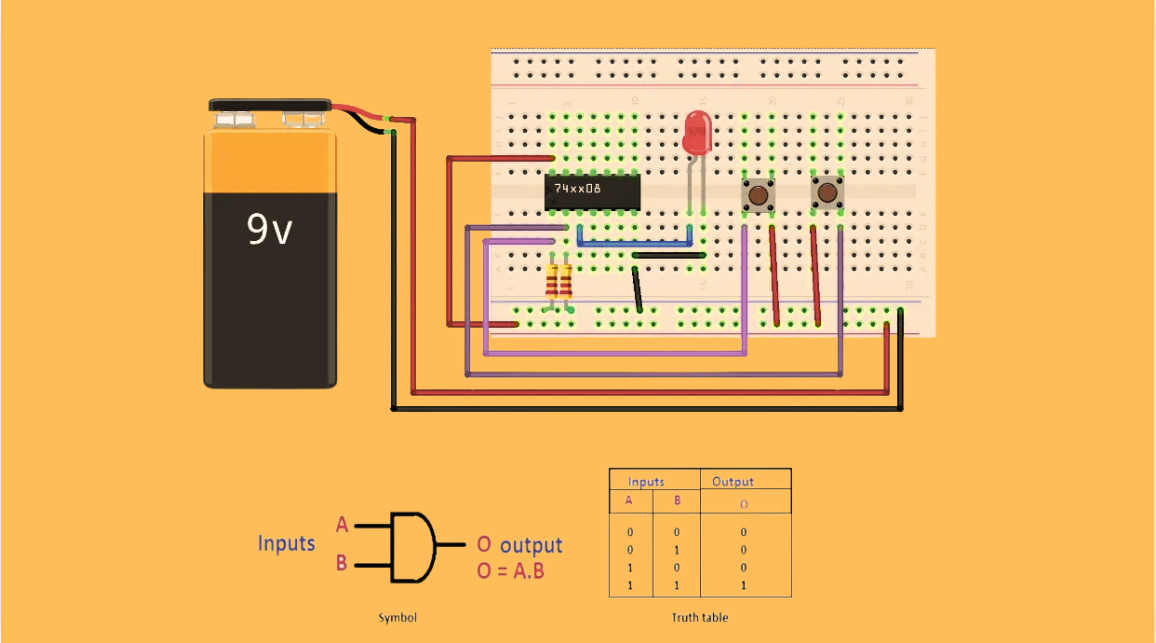
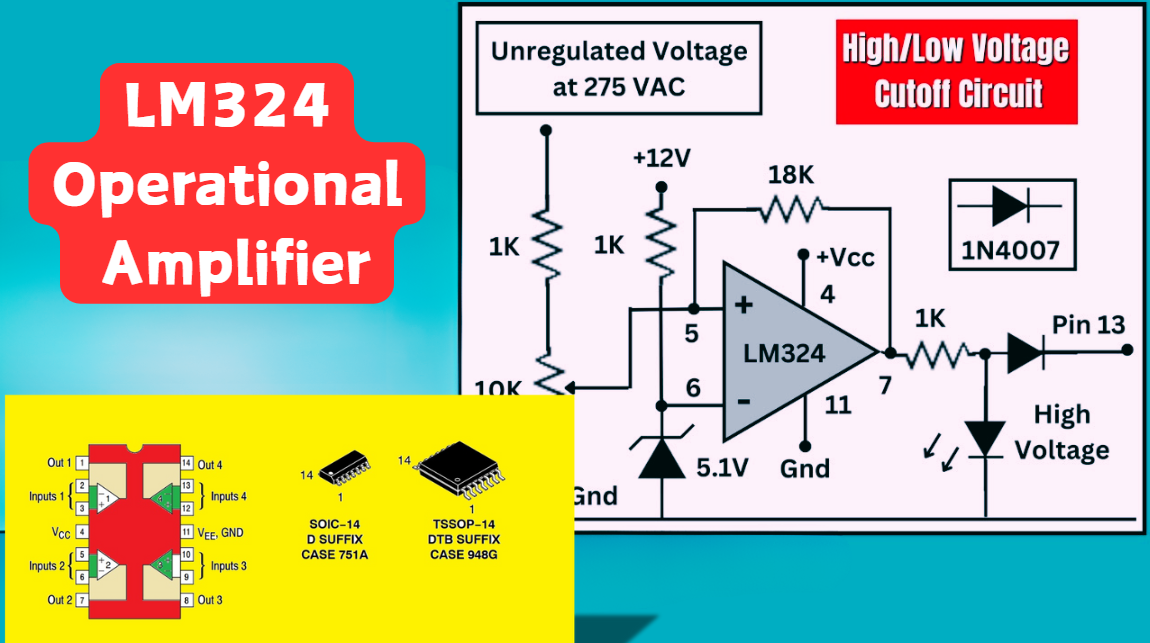
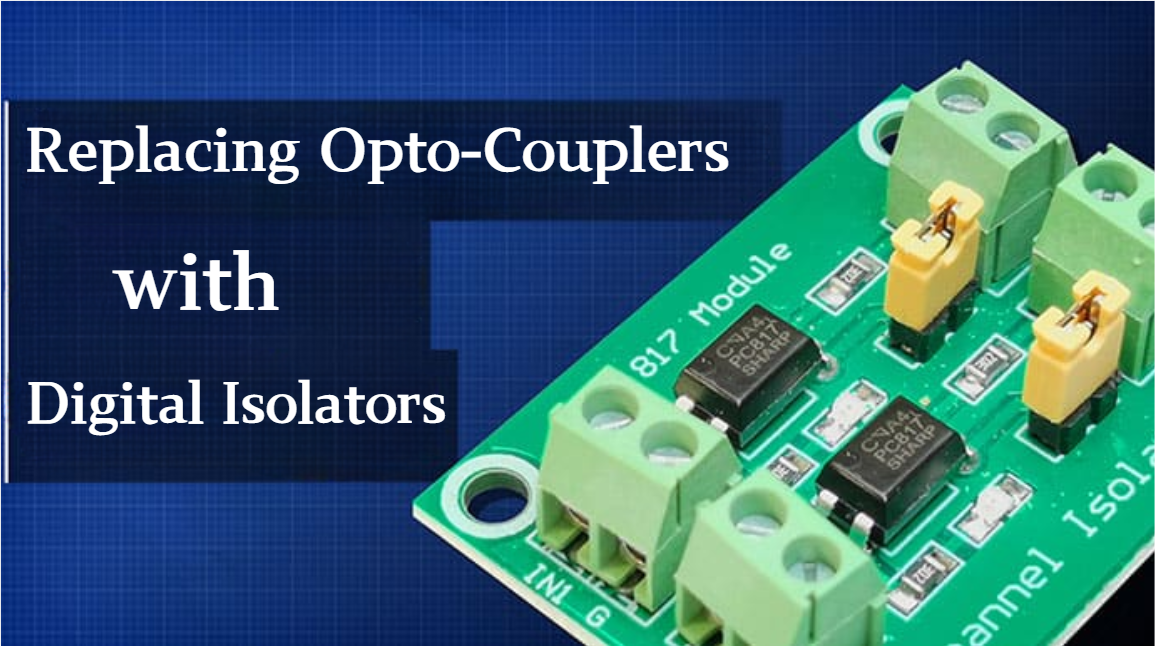
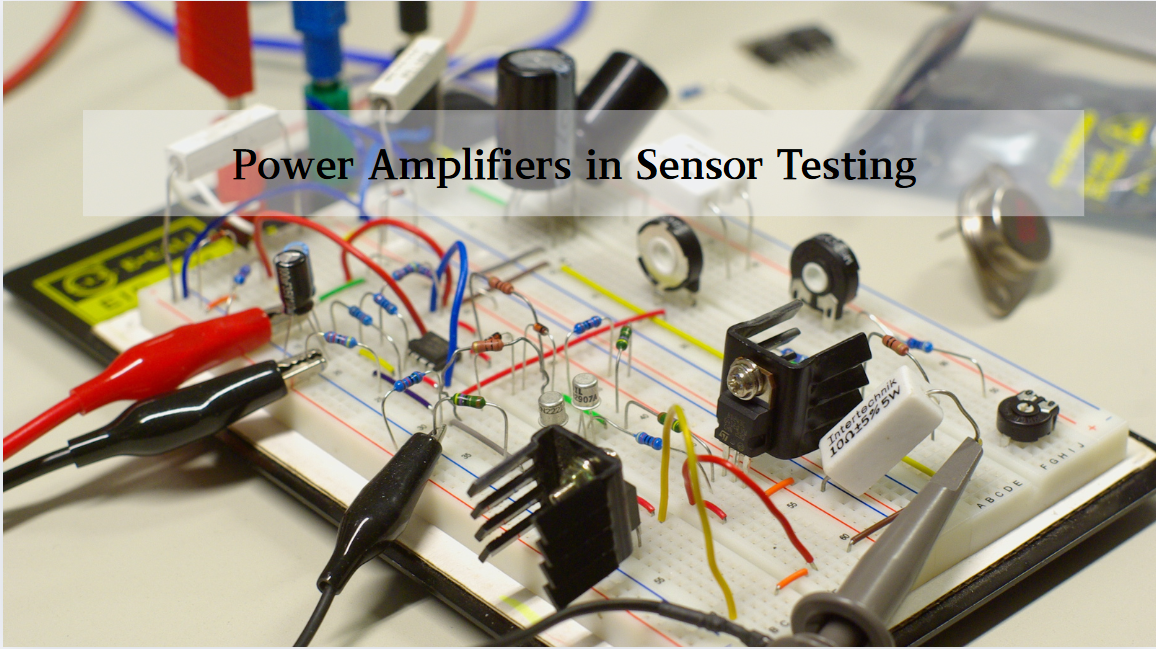
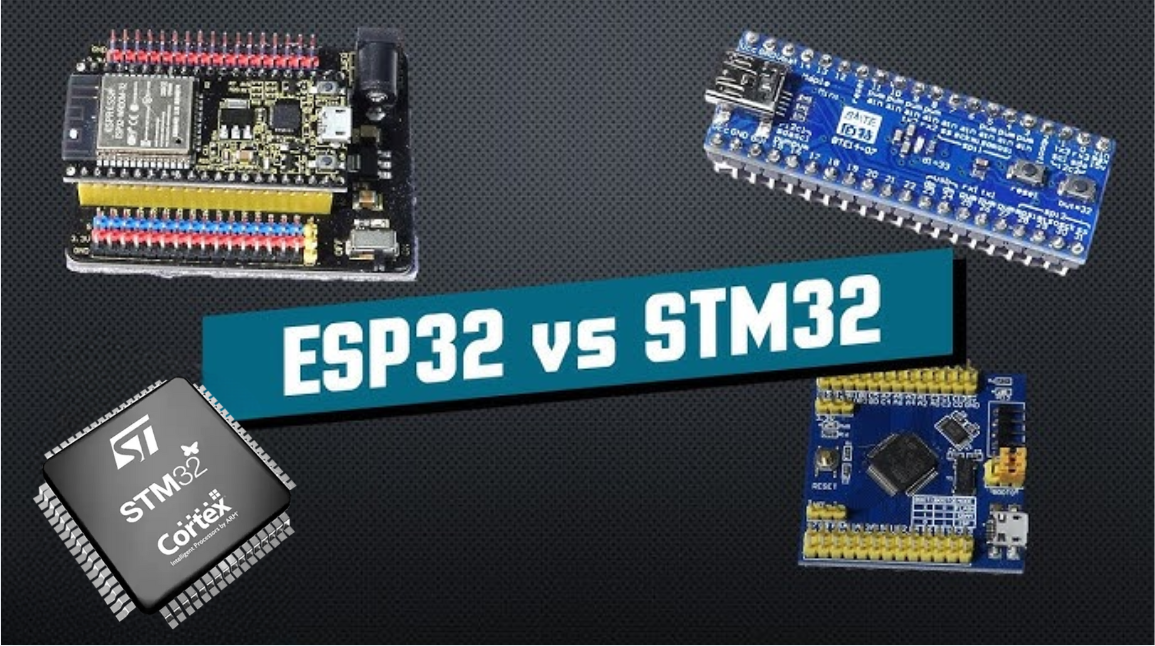
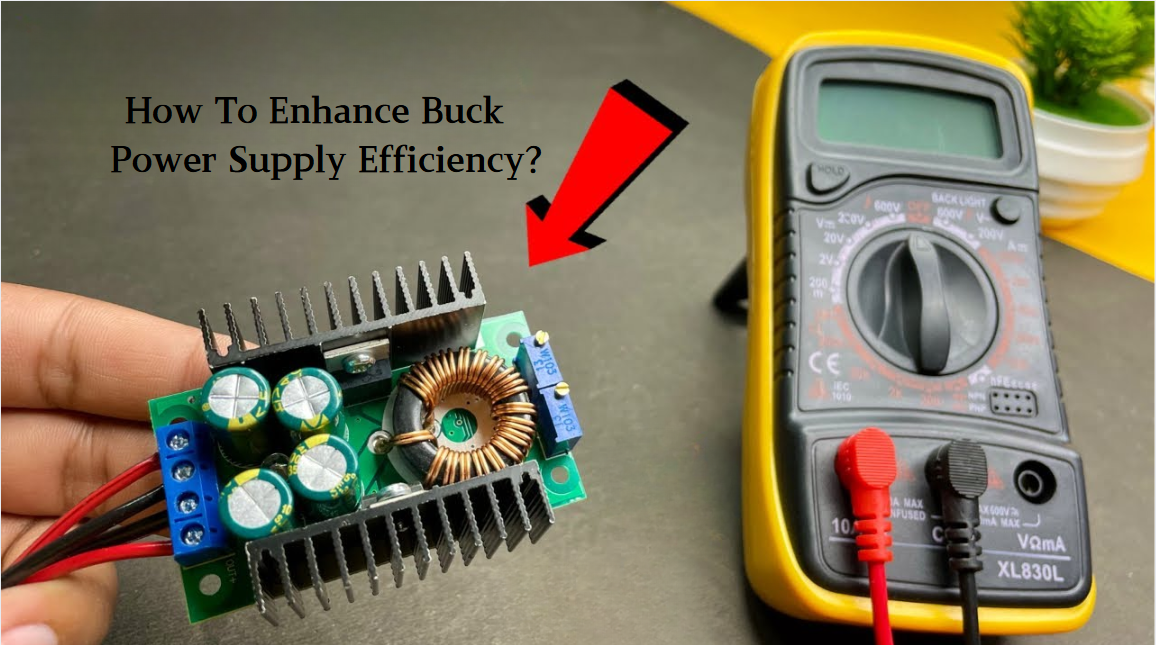
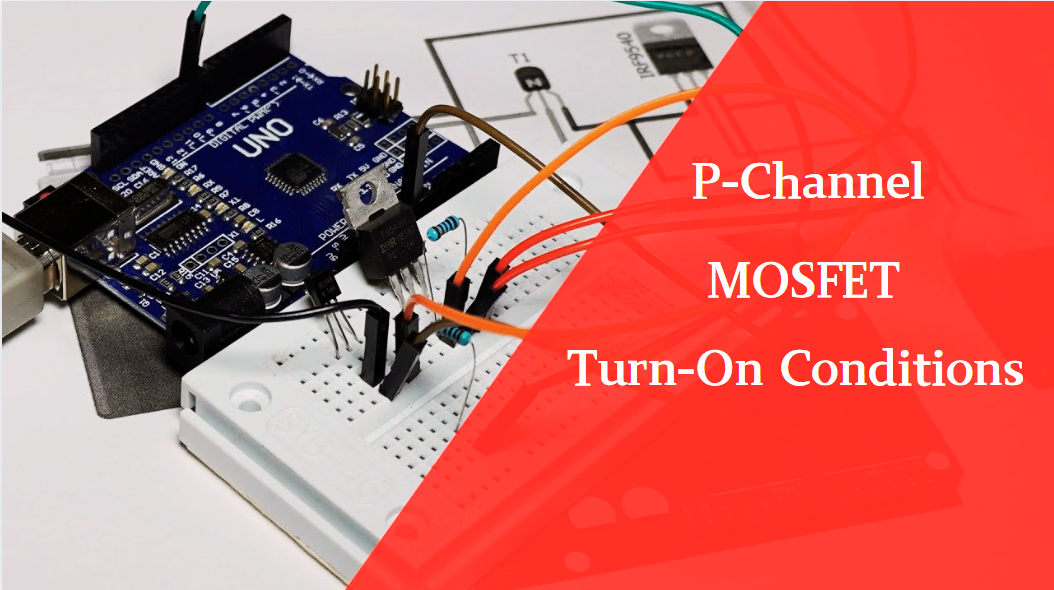
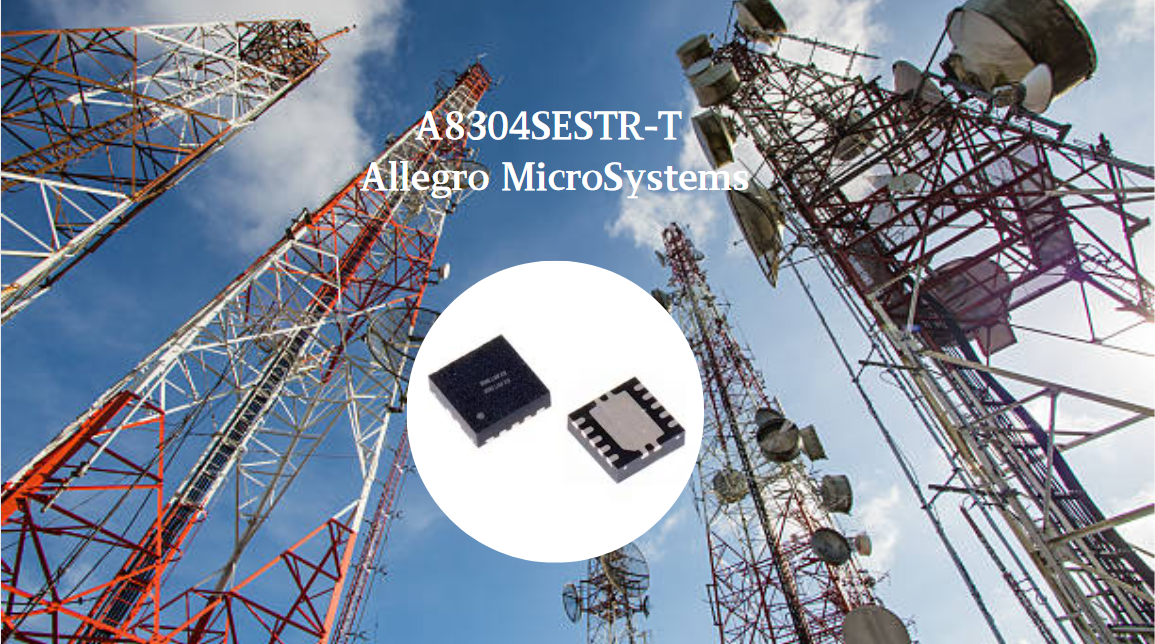
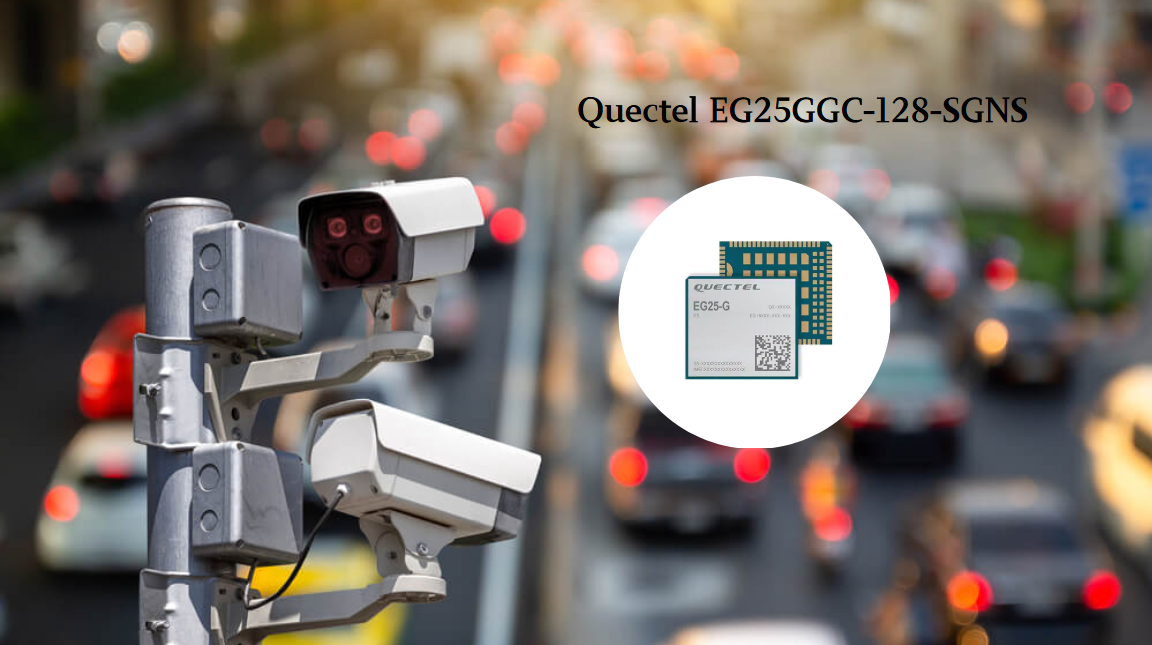
 Wishlist (0 Items)
Wishlist (0 Items)